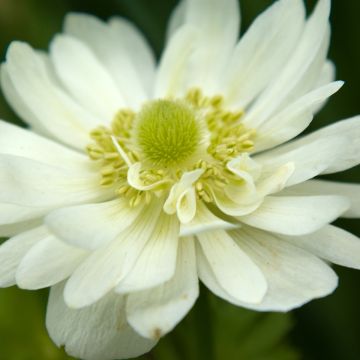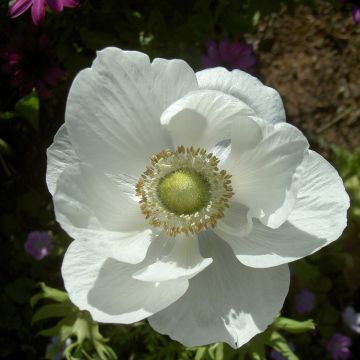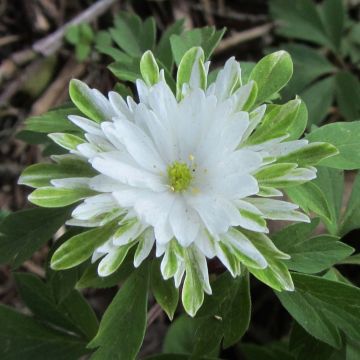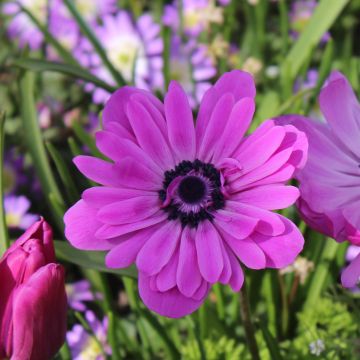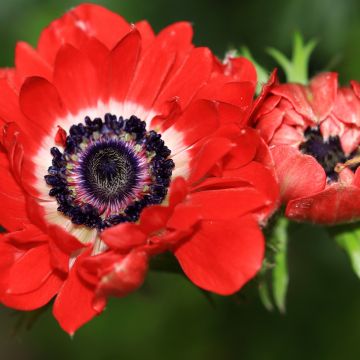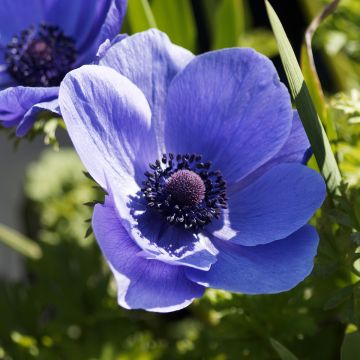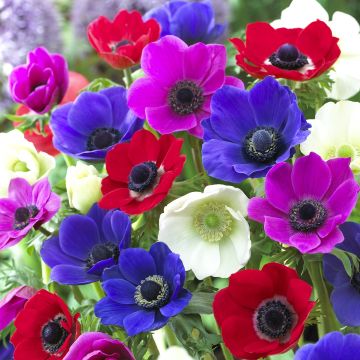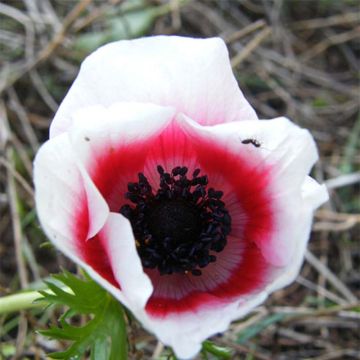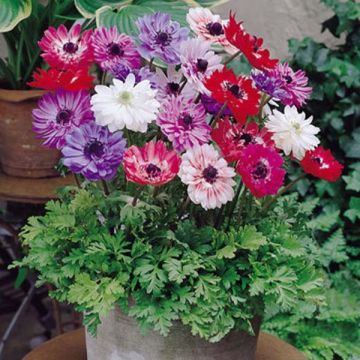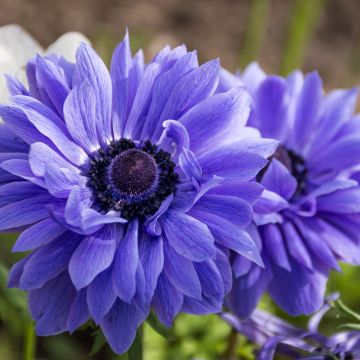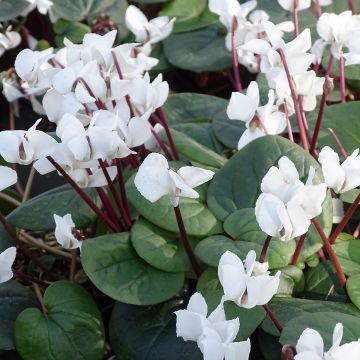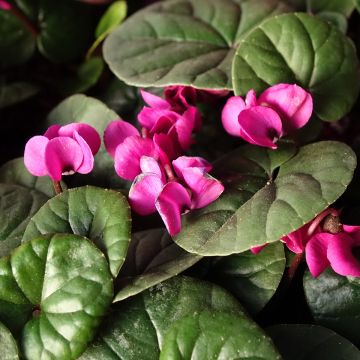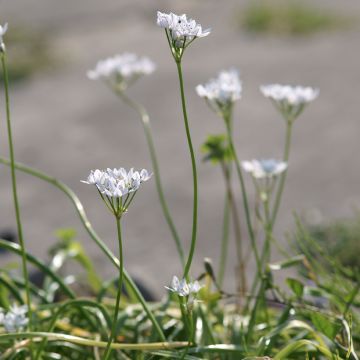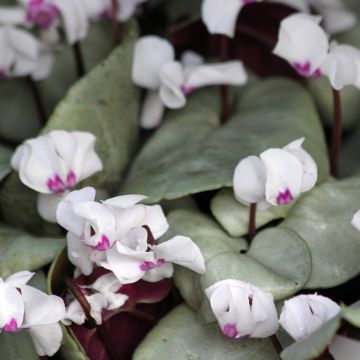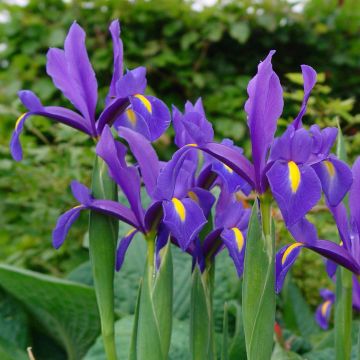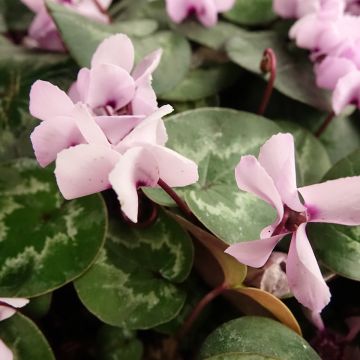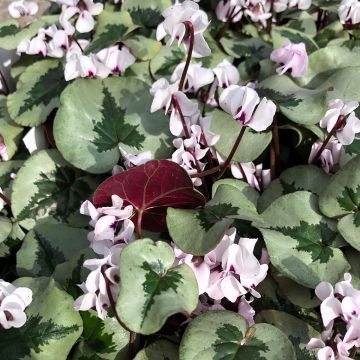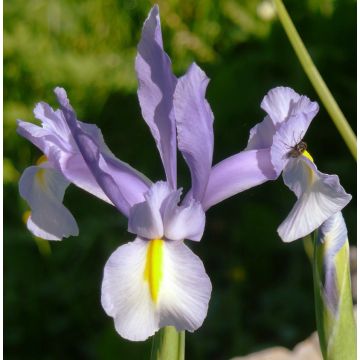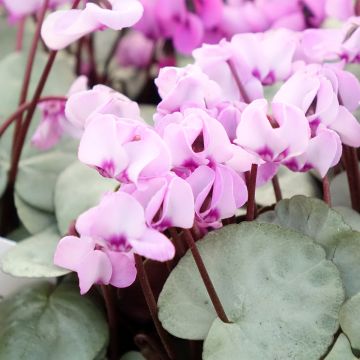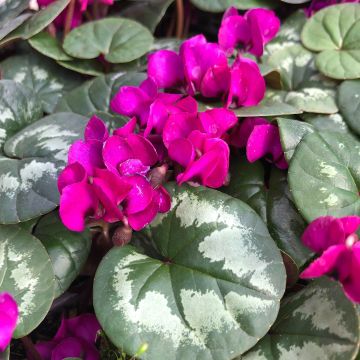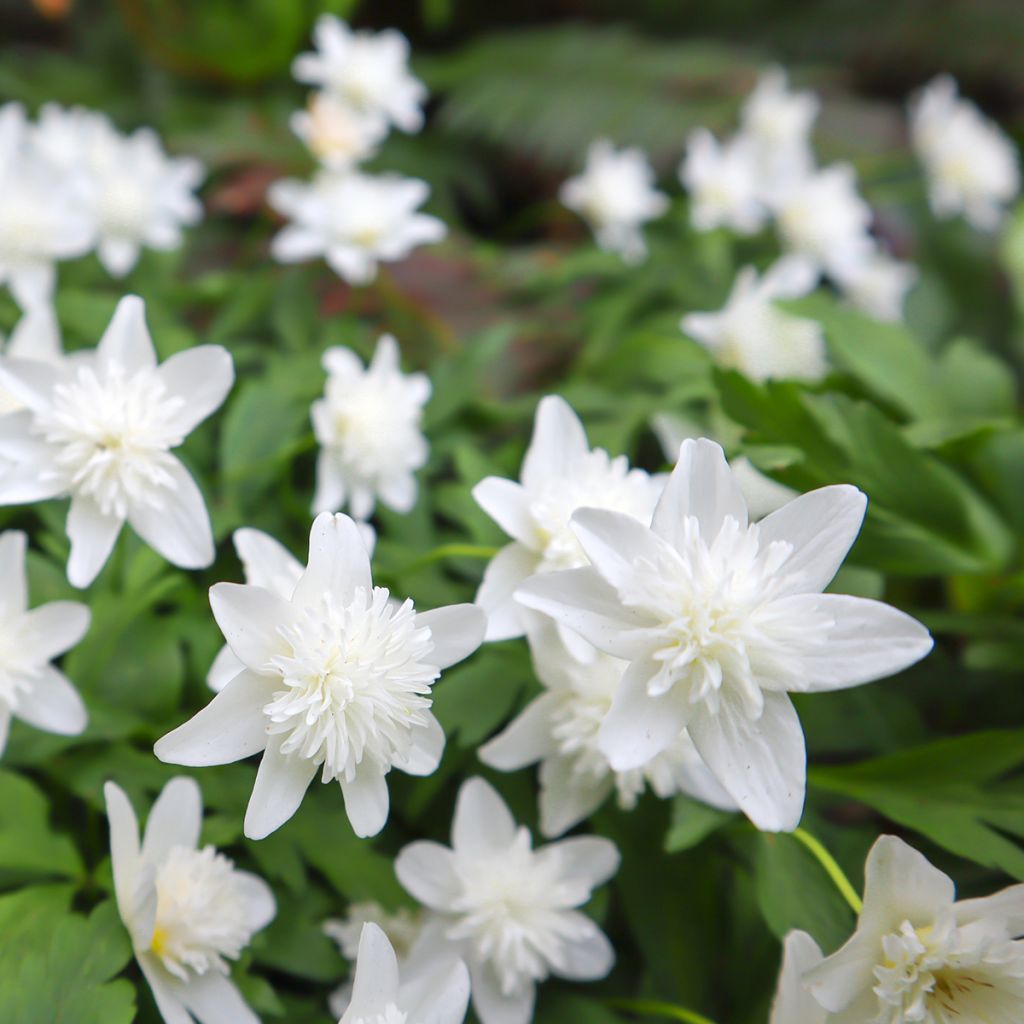

Anemone nemorosa Vestal
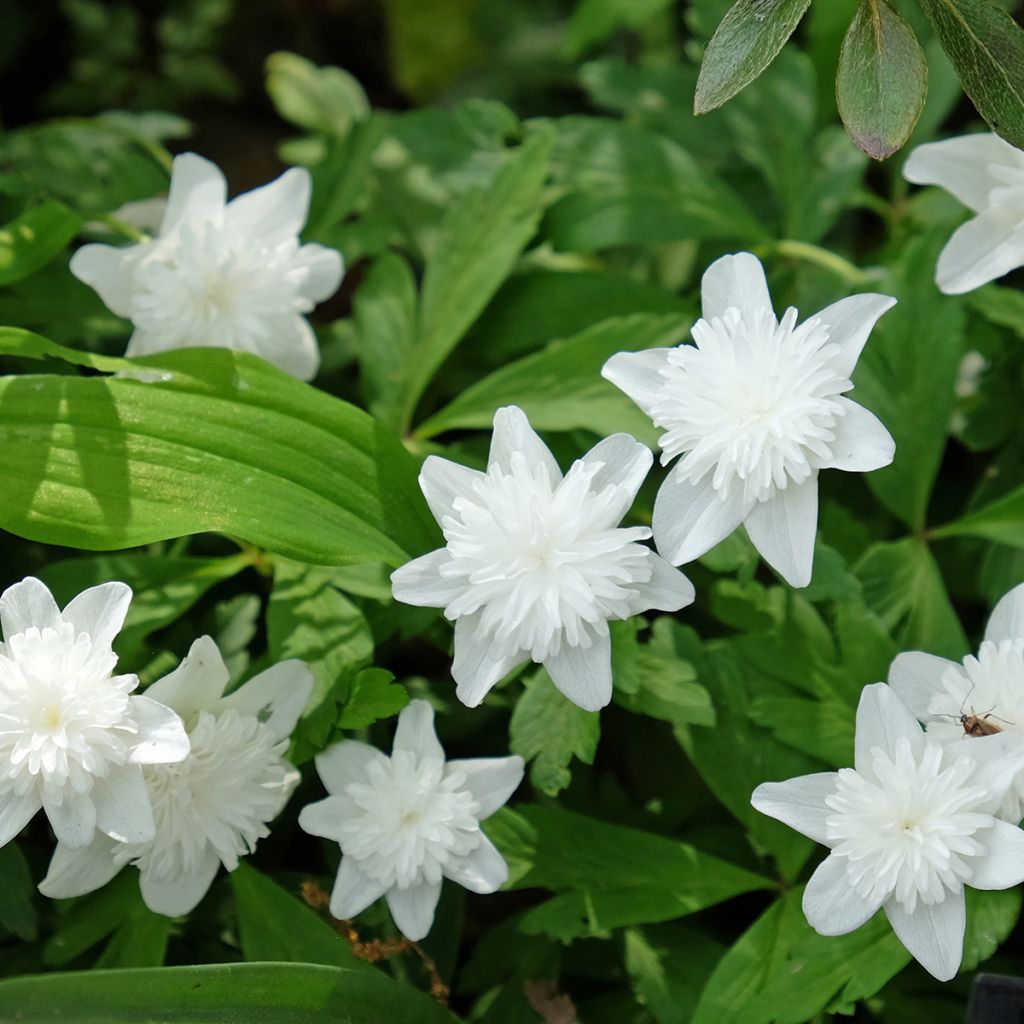

Anemone nemorosa Vestal
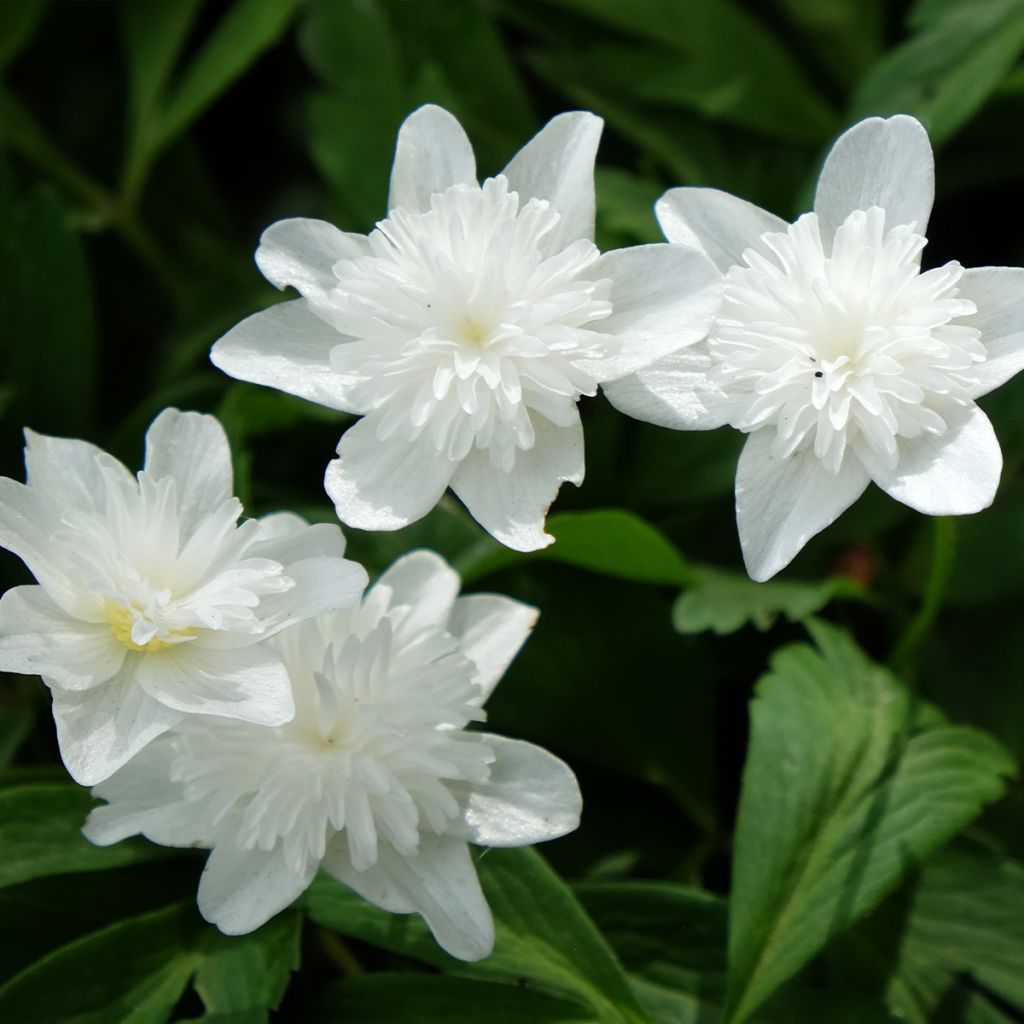

Anemone nemorosa Vestal
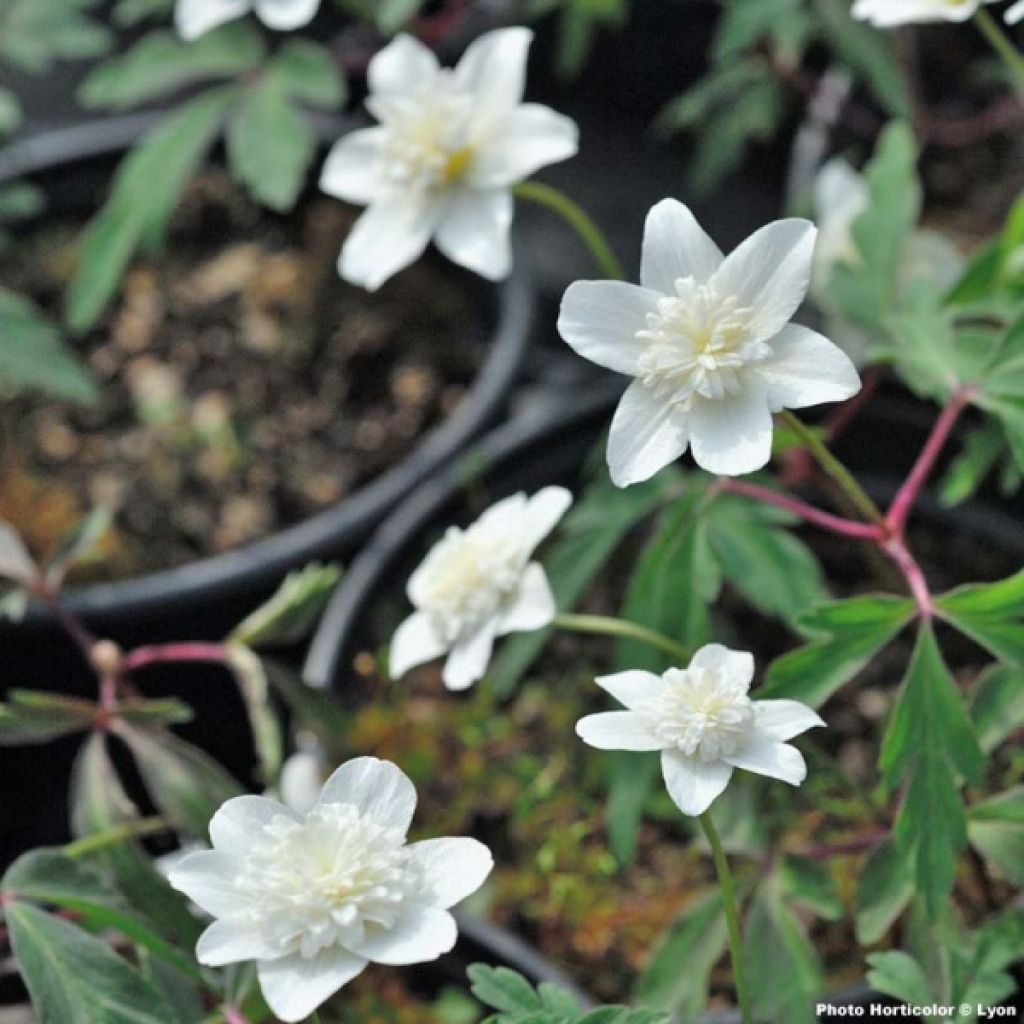

Anemone nemorosa Vestal
Anemone nemorosa Vestal
Anemone nemorosa Vestal
Wood Anemone
Frankly disappointing. Upon receipt: 2 tiny pieces of roots lost in the turf. But, well, I was warned (see your planting advice) and I know that with plants, nothing is necessarily guaranteed. So... Planted in October under the deciduous trees, in a well-draining, slightly acidic and humus-bearing soil, as recommended. Late April: nothing, not even a leaf. :-(
Luce, 29/04/2020
Why not try an alternative variety in stock?
View all →This plant carries a 6 months recovery warranty
More information
We guarantee the quality of our plants for a full growing cycle, and will replace at our expense any plant that fails to recover under normal climatic and planting conditions.
From €5.90 for pickup delivery and €6.90 for home delivery
Express home delivery from €8.90.

Does this plant fit my garden?
Set up your Plantfit profile →
Description
Anemone nemorosa 'Vestal' is a rare variety of wood anemone, with double flowers resembling small white pompoms. This robust rhizomatous perennial thrives in shaded areas and blooms early in spring. It spreads over time and forms an excellent ground cover between the roots of trees and bushes. It goes underground in the summer to escape the heat but is not suited to dry climates.
The 'Vestal' wood anemone is a perennial plant with a trailing rhizome, belonging to the Ranunculaceae family. It is a cultivar derived from the wood anemone, a botanical species found throughout most of Europe, Western Asia, and Northern America. It thrives in the cool understory and moist meadows, preferring shaded conditions. 'Vestal' is a very attractive form with double flowers, which has been awarded by the Royal Horticultural Society for its ornamental qualities and performance in gardens.
The rhizomatous rootstock of 'Vestal' produces basal leaves in early spring, with 3 finely divided leaflets that are medium green in colour and slightly hairy. In March-April, non-branched stems measuring 15cm (6in) in height bear 3 well-divided whorled bracts with a single double flower in the centre, measuring 3cm (1in) in diameter. The flower resembles a pure white globular star-shaped pompom with a globular pistil. Sometimes, the heart of the flower is touched with golden yellow. The flower opens towards the light and follows the direction of the sun. It closes in the evening or during rain, avoiding damage from water by gracefully tilting to the side. All the flowers are oriented in the same way, creating a particularly harmonious carpet. The rhizome is brown, fleshy, and brittle, growing only 3cm (1in) per year. It runs just below the surface of the ground. The flower does not occupy the same position year after year, as it moves along with its rhizome.
'Vestal' is ideal as a ground cover in moist soil wherever shade prevails over light. It can be used at the base of hedges, deciduous trees, and bushes, as well as in shaded borders. It can be paired with botanical narcissus, woodruff, bleeding heart, forget-me-nots, winter aconite, and lesser celandine, which appreciate similar environments. In nature, the wood anemone develops and flowers in spring, when trees are still leafless. It completes its vegetative cycle in summer when its leaves disappear, corresponding to its period of dormancy. This is the most suitable time to plant it under a tree or to dress the base of hedges. It is not affected by competition from the roots of trees and bushes.
In temperate European zones, in forests where it occurs naturally, it would be (along with lily of the valley) a good indicator species for the age and naturalness of the forest. The wood anemone and its cultivars are plants used in phytotherapy and aromatherapy.
The wood anemone is supplied as a rhizome section packaged in a peat pouch.
Report an error about the product description
Anemone nemorosa Vestal in pictures


Plant habit
Flowering
Foliage
Botanical data
Anemone
nemorosa
Vestal
Ranunculaceae
Wood Anemone
Cultivar or hybrid
Other Anemone
Planting and care
Anemone nemorosa 'Vestal' should be planted in autumn, with a spacing of 30cm (12in), in humus-bearing, moist, well-drained soil in a shaded location. Mix ericaceous soil and leaf compost with your garden soil if it is heavy and/or chalky. In the summer, it goes into dormancy and disappears underground. Mulch the soil with dead leaves to retain moisture and protect the stump in winter. Divide the clumps every 4 years in spring. It is susceptible to leaf eelworms and occasionally anemone smut. It can also be affected by black spot disease and powdery mildew, as well as caterpillars and slugs.
At planting, Anemone nemorosa comes in the form of a 2cm (1in) long and 2mm diameter rhizome segment, packaged in a small peat pouch. The "small piece of root" or "twig" appearance can be confusing the first time you plant it. Yet, it establishes perfectly well.
Planting period
Intended location
Care
-
, onOrder confirmed
Reply from on Promesse de fleurs
Small Spring Bulbs
Haven't found what you were looking for?
Hardiness is the lowest winter temperature a plant can endure without suffering serious damage or even dying. However, hardiness is affected by location (a sheltered area, such as a patio), protection (winter cover) and soil type (hardiness is improved by well-drained soil).

Photo Sharing Terms & Conditions
In order to encourage gardeners to interact and share their experiences, Promesse de fleurs offers various media enabling content to be uploaded onto its Site - in particular via the ‘Photo sharing’ module.
The User agrees to refrain from:
- Posting any content that is illegal, prejudicial, insulting, racist, inciteful to hatred, revisionist, contrary to public decency, that infringes on privacy or on the privacy rights of third parties, in particular the publicity rights of persons and goods, intellectual property rights, or the right to privacy.
- Submitting content on behalf of a third party;
- Impersonate the identity of a third party and/or publish any personal information about a third party;
In general, the User undertakes to refrain from any unethical behaviour.
All Content (in particular text, comments, files, images, photos, videos, creative works, etc.), which may be subject to property or intellectual property rights, image or other private rights, shall remain the property of the User, subject to the limited rights granted by the terms of the licence granted by Promesse de fleurs as stated below. Users are at liberty to publish or not to publish such Content on the Site, notably via the ‘Photo Sharing’ facility, and accept that this Content shall be made public and freely accessible, notably on the Internet.
Users further acknowledge, undertake to have ,and guarantee that they hold all necessary rights and permissions to publish such material on the Site, in particular with regard to the legislation in force pertaining to any privacy, property, intellectual property, image, or contractual rights, or rights of any other nature. By publishing such Content on the Site, Users acknowledge accepting full liability as publishers of the Content within the meaning of the law, and grant Promesse de fleurs, free of charge, an inclusive, worldwide licence for the said Content for the entire duration of its publication, including all reproduction, representation, up/downloading, displaying, performing, transmission, and storage rights.
Users also grant permission for their name to be linked to the Content and accept that this link may not always be made available.
By engaging in posting material, Users consent to their Content becoming automatically accessible on the Internet, in particular on other sites and/or blogs and/or web pages of the Promesse de fleurs site, including in particular social pages and the Promesse de fleurs catalogue.
Users may secure the removal of entrusted content free of charge by issuing a simple request via our contact form.
The flowering period indicated on our website applies to countries and regions located in USDA zone 8 (France, the United Kingdom, Ireland, the Netherlands, etc.)
It will vary according to where you live:
- In zones 9 to 10 (Italy, Spain, Greece, etc.), flowering will occur about 2 to 4 weeks earlier.
- In zones 6 to 7 (Germany, Poland, Slovenia, and lower mountainous regions), flowering will be delayed by 2 to 3 weeks.
- In zone 5 (Central Europe, Scandinavia), blooming will be delayed by 3 to 5 weeks.
In temperate climates, pruning of spring-flowering shrubs (forsythia, spireas, etc.) should be done just after flowering.
Pruning of summer-flowering shrubs (Indian Lilac, Perovskia, etc.) can be done in winter or spring.
In cold regions as well as with frost-sensitive plants, avoid pruning too early when severe frosts may still occur.
The planting period indicated on our website applies to countries and regions located in USDA zone 8 (France, United Kingdom, Ireland, Netherlands).
It will vary according to where you live:
- In Mediterranean zones (Marseille, Madrid, Milan, etc.), autumn and winter are the best planting periods.
- In continental zones (Strasbourg, Munich, Vienna, etc.), delay planting by 2 to 3 weeks in spring and bring it forward by 2 to 4 weeks in autumn.
- In mountainous regions (the Alps, Pyrenees, Carpathians, etc.), it is best to plant in late spring (May-June) or late summer (August-September).
The harvesting period indicated on our website applies to countries and regions in USDA zone 8 (France, England, Ireland, the Netherlands).
In colder areas (Scandinavia, Poland, Austria...) fruit and vegetable harvests are likely to be delayed by 3-4 weeks.
In warmer areas (Italy, Spain, Greece, etc.), harvesting will probably take place earlier, depending on weather conditions.
The sowing periods indicated on our website apply to countries and regions within USDA Zone 8 (France, UK, Ireland, Netherlands).
In colder areas (Scandinavia, Poland, Austria...), delay any outdoor sowing by 3-4 weeks, or sow under glass.
In warmer climes (Italy, Spain, Greece, etc.), bring outdoor sowing forward by a few weeks.

































